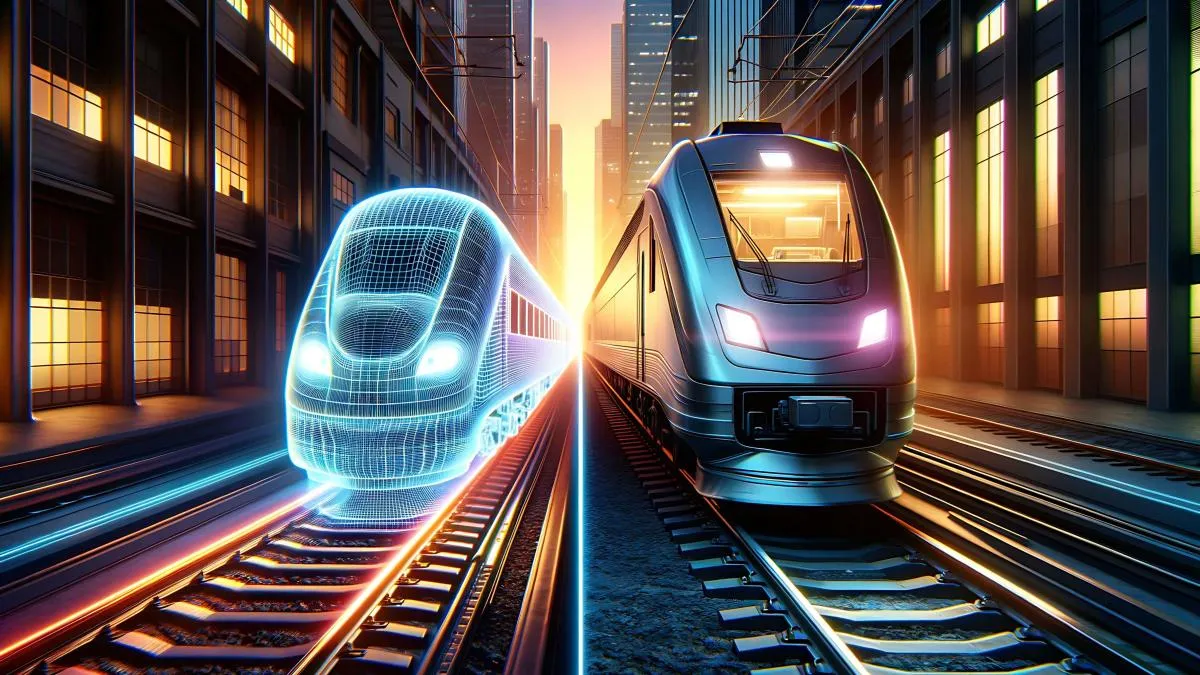Digital Replicas in Transport: A Decarbonization Game Changer

Revolutionizing Transport with Digital Replicas
Digital replicas have emerged as a pivotal tool for addressing transport emissions. By creating accurate i representations of real-world scenarios, researchers believe that transportation systems can optimize routes, reduce energy consumption, and ultimately minimize carbon footprints.
Key Innovations Behind Digital Replicas
- Collaboration: The TransiT project, spearheaded by Heriot-Watt University and the University of Glasgow, harnesses the expertise of various partners.
- Real-World Applications: These digital models simulate traffic patterns and user behaviors, providing valuable insights for policy-makers.
- Impact on Policy: Understanding these models can shape future transport policies aimed at reducing greenhouse gas emissions.
Contributions from Academic Institutions
- Research Collaboration: Eight universities work together to gather data and refine these digital tools.
- Technological Integration: Leveraging advanced computing technologies enhances the accuracy of digital replicas.
- Future Prospects: As these models evolve, they will facilitate innovative solutions in urban planning and transport logistics.
Digital replicas represent a revolutionary step in devising methods to decarbonize transport. For more details on this groundbreaking project, visit the source.
This article was prepared using information from open sources in accordance with the principles of Ethical Policy. The editorial team is not responsible for absolute accuracy, as it relies on data from the sources referenced.